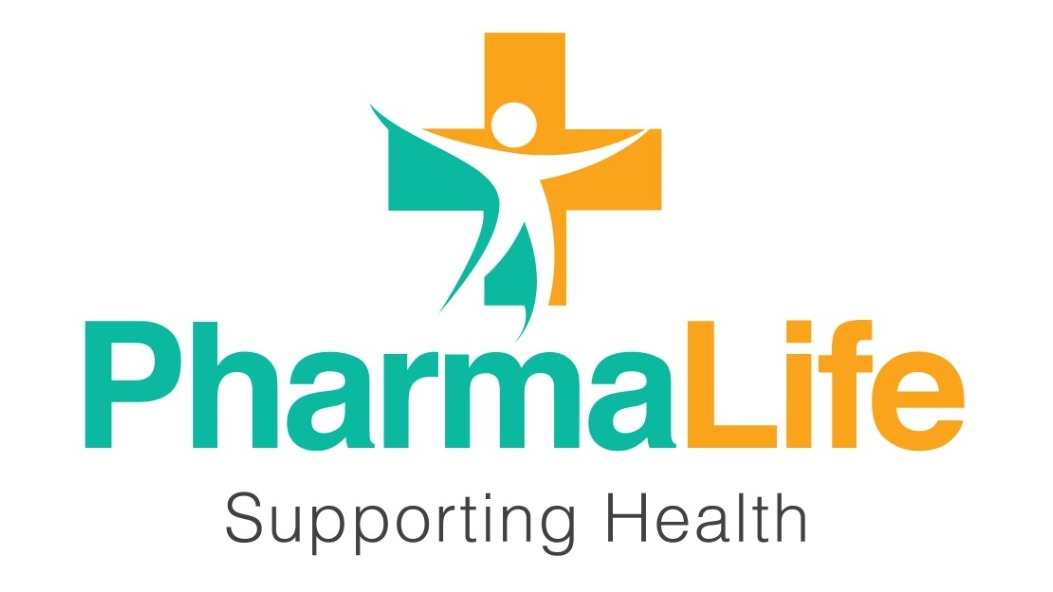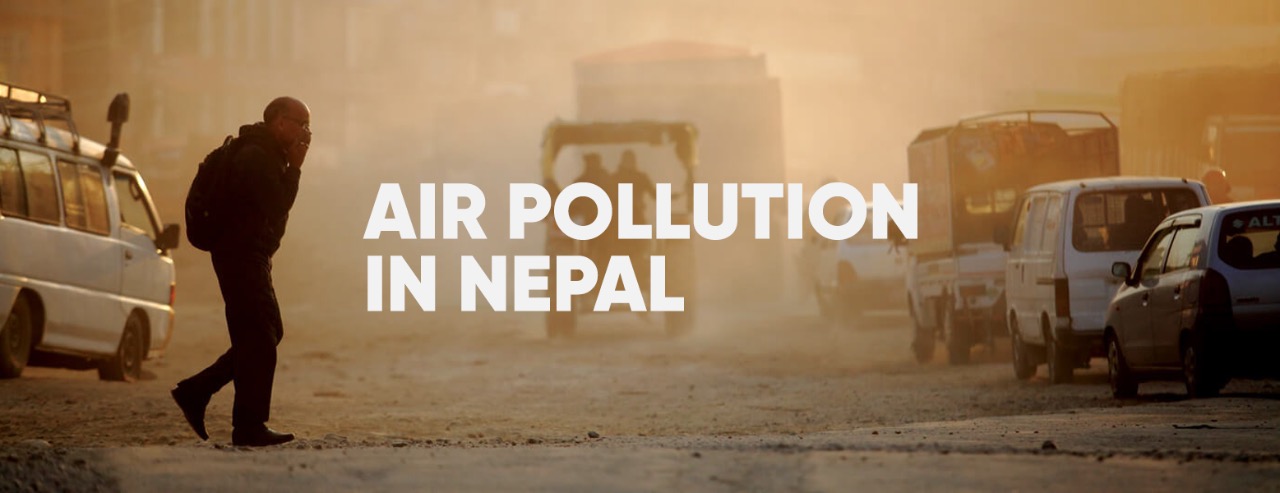As Delhi and most of northern Indian states witness yet another winter with hazardous air pollution, Nepal, too, is predicted to follow a similar pattern. Heavy atmospheric density, thick smog and unsafe AQI levels, however, is a routine for most of Kathmandu inhabitants, especially during the winter.
Air pollution levels in Kathmandu escalate every year at the onset of winter. Changing wind directions, migrated wind currents from India, falling temperature with remains of Dipawali-firecrackers all together make Kathmandu’s air unbreathable.
On Saturday, 27th November, Kathmandu’s Air Quality Index (AQI) was 158, in the ‘unhealthy’ category. This AQI level is about 13 times above the WHO annual air quality guideline value. Although the winter is just setting in, we are already breathing unhealthy air which can manifest many different health complications from mild to severe ones.
PharmaLife, therefore, brings to our readers a quick read focusing on this very topic of air pollution. We care for each of our readers and thus want you to be equipped with enough knowledge to remain healthy this winter.
Status of Air Pollution in Nepal
Urban areas in Nepal, including major cities like Kathmandu, Pokhara, Chitwan, Biratnagar etc., are densely populated. The population density in Nepal is 203 per KM2, which is one of the highest in the world. Road traffic and other pollutants are also vastly unmanaged in these different cities. Similarly, change in climate, including increased aeroallergens, modified weather patterns all have significantly decreased air quality in all of Nepal.
Furthermore, the topography, climate and rapid population growth are aggravating reasons of such pollution. In the capital, Kathmandu, number of vehicles is increasing by over 27% each year. Alongside the ever-increasing vehicles, industries like the brick kilns also add up to the worsening air pollution. A study conducted by the World Health Organization (WHO) and Ministry of Health and Population (MoHP) concluded that air pollution in major cities of Nepal is increasing by five folds every year.
Particulate matter is the term for particles generally in the air, like dust, dirt, smoke, soot, liquid droplets etc. Higher concentrations of particulate matter is usually due to diesel vehicles, coal and fire plants. PM2.5 refers to the atmospheric particulate matter of diameter less than 2.5 micrometers. PM10, also referred to as fine particles, are the particles of less than 10 micrometers diameter. PM10 in Kathmandu has increased by over ten folds in the past three years. PM2.5 to PM10 ratio is also increasing alarmingly in Kathmandu, Chitwan, Nepalgunj, Biratnagar and other major cities. During the dry winters, PM10 of Putalisadak, one of the busiest roads in Kathmandu, reaches well over 99%. These statistical data certainly outline the hazardous air quality in these busy cities.
Last year, in March, owing to the worse air quality index, the government ordered schools to shut down for four days. On March 21, the PM2.5 level hit all-time high of 214 micrograms per cubic meter. This fine particulate matter can easily get deep inside our lungs and may lead to conditions like COPD, asthma, or even lung cancer. Such hazardous quality of air can also add to the risk of Covid-19 according to healthcare professionals.
Effects of Air Pollution on Health
There are a wide range of short-term as well as long-term effects of air pollution to human health. Being exposed to unhealthy or hazardous air pollution can lead to short-term effects, ranging from pneumonia or bronchitis. These effects are mostly temporary. Furthermore, headache, dizziness, nausea, and irritation to the nose, eyes, skin or throat are common impacts of air pollution on human health. Although, the short-term effects are not life-threatening, but they surely are concerning.
However, repeated or prolonged exposure to air pollution, like that in the winter, can cause many long term effects to our health. These effects can sometimes be life-threatening and thus serious. Restrictive lung diseases like Emphysema or Acute Respiratory Distress Syndrome are common in cities like Delhi, Beijing, and Kathmandu, with poor air quality. Heart diseases, lung cancer, damage to brain, kidneys and other vital organs can also be due to air pollution. Young children and older adults are at an increased risk owing to their weaker immune response. Patients with chronic heart, kidney or respiratory problems can get worse if exposed to polluted air.
Fine PM2.5 is probably the most health-harmful pollutant which claims thousands of lives worldwide. With the increasing air pollution and climate change, pre-mature mortality is excessive in the recent years. Ambient (outdoor) air pollution is responsible for over 9,000 deaths every year in Nepal. Surprisingly, this number is higher than deaths due to stroke and coronary artery disease combined.
Patients visiting the hospitals with respiratory problems are mostly elder residents from Kathmandu, who are regularly exposed to air pollution. The number of Chronic Obstructive Pulmonary Disease (COPD) increases by about 20% in the winter months, according to many studies.
Stay Safe from Polluted Air
As the dry winter sets in, air pollution in Kathmandu and almost all over Nepal is breaking new records each day. The AQI level usually throughout the winter is either ‘unhealthy’ or ‘hazardous’ in Kathmandu. However, there are some simple and effective ways to stay safe from this polluted air. Make sure you follow these simple steps to ensure your and your family’s safety:
- Educate: Educate yourself and others around you regarding air pollution and it’s impact on health. Keep an eye on the air quality index, weather forecast and government’s protocols. When air quality is poor, adjust your physical activity routine too. Move your physical exercise indoors. Also, try using alternative source of energy to help improve air quality. Also, follow PharmaLife blog to know more about health-care issues like this.
- Wear Masks: With the Covid pandemic still around, masks are the new normal. These masks not only save you from the corona virus, but also from harmful pollutants. Always opt for N-95, which can filter up to 95% of PM2.5. N-99 and N-100 masks are even more efficient at filtering particulate matter. Never leave your home without a mask. PharmaLife associated pharmacies around you provide the highest grade WHO-approved masks. Make sure you get yours today from PharmaLife pharmacies to save yourself and your loved ones from the complications of air pollution.
- Use Air Purifiers: Air inside your home is not untouched by the hazardous air-quality outdoors. Health experts, therefore, suggest installing a decent air purifier. A gas-phase or an UV-based air purifier can help you breath fresh air when you are indoors, ensuring a healthy respiratory system.
- Eat Healthy: Air pollutants attack our body by producing excessive free radicals in the body. Therefore, adding enough anti-oxidants to your diet can help curb the effects of pollutants. Eat fruits and green vegetables rich in vitamin B, C, D and E. Fish, Fish oil, citrus fruits, olive, leafy vegetables and avocado are some efficient anti-oxidants.
- Plant Trees- Trees help filter and clean the air. A single tree can store over 6 kilograms of carbon each year, in turn decreasing carbon content in the air. Planting enough trees, especially in busy cities can help release more oxygen. You can also include indoor plants like spider plants, alocasia, or aloe-vera to enhance air quality indoors.
Now that you know how to stay safe from air pollution, make sure you do your part. Get involved in any campaign promoting healthy air if possible. Support national, state and local efforts to minimize air pollution. Something as simple as walking to your office (of-course with a mask on) or planting a tree can help yourself and everyone else breathe easier.


There are no comments